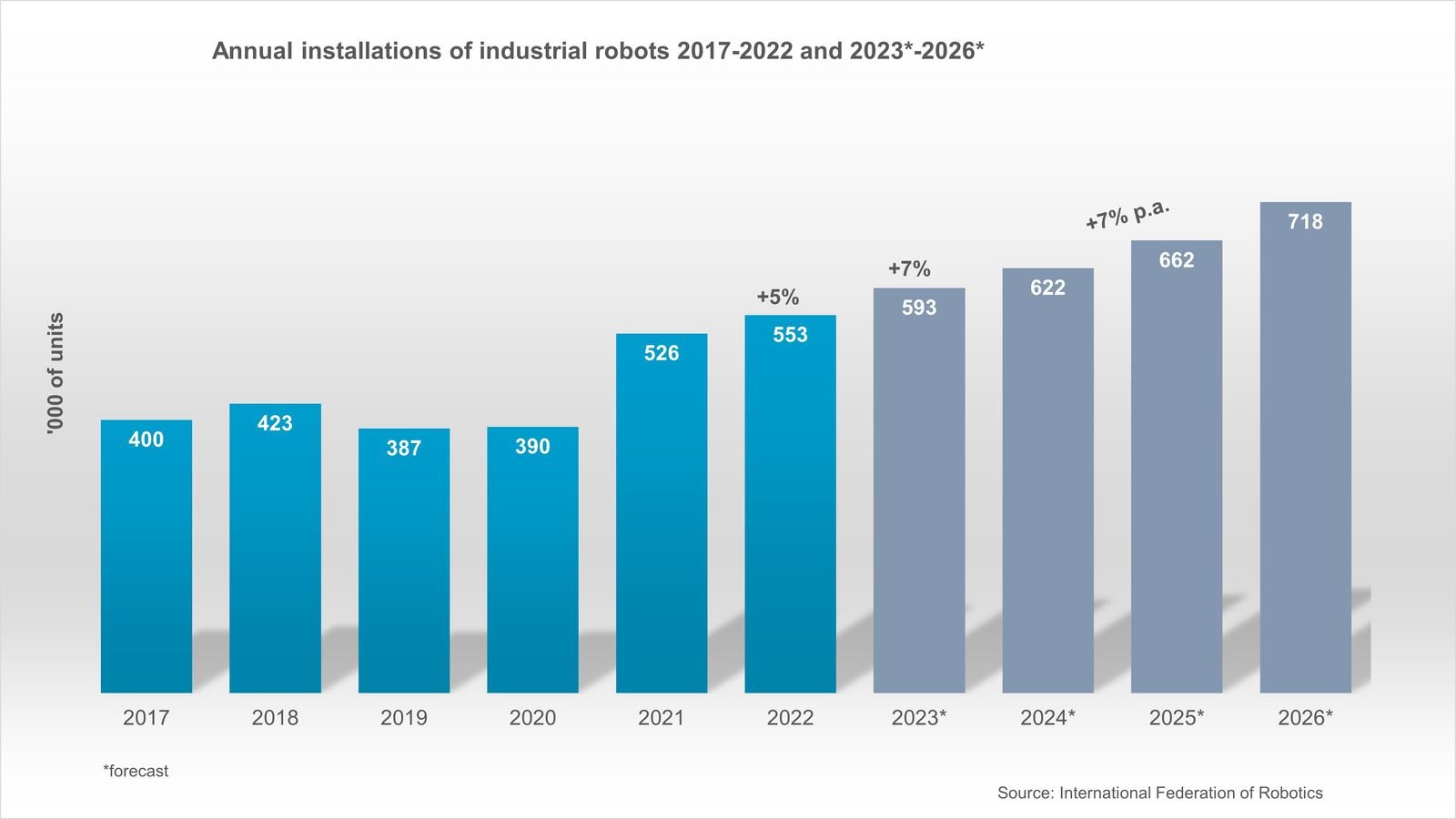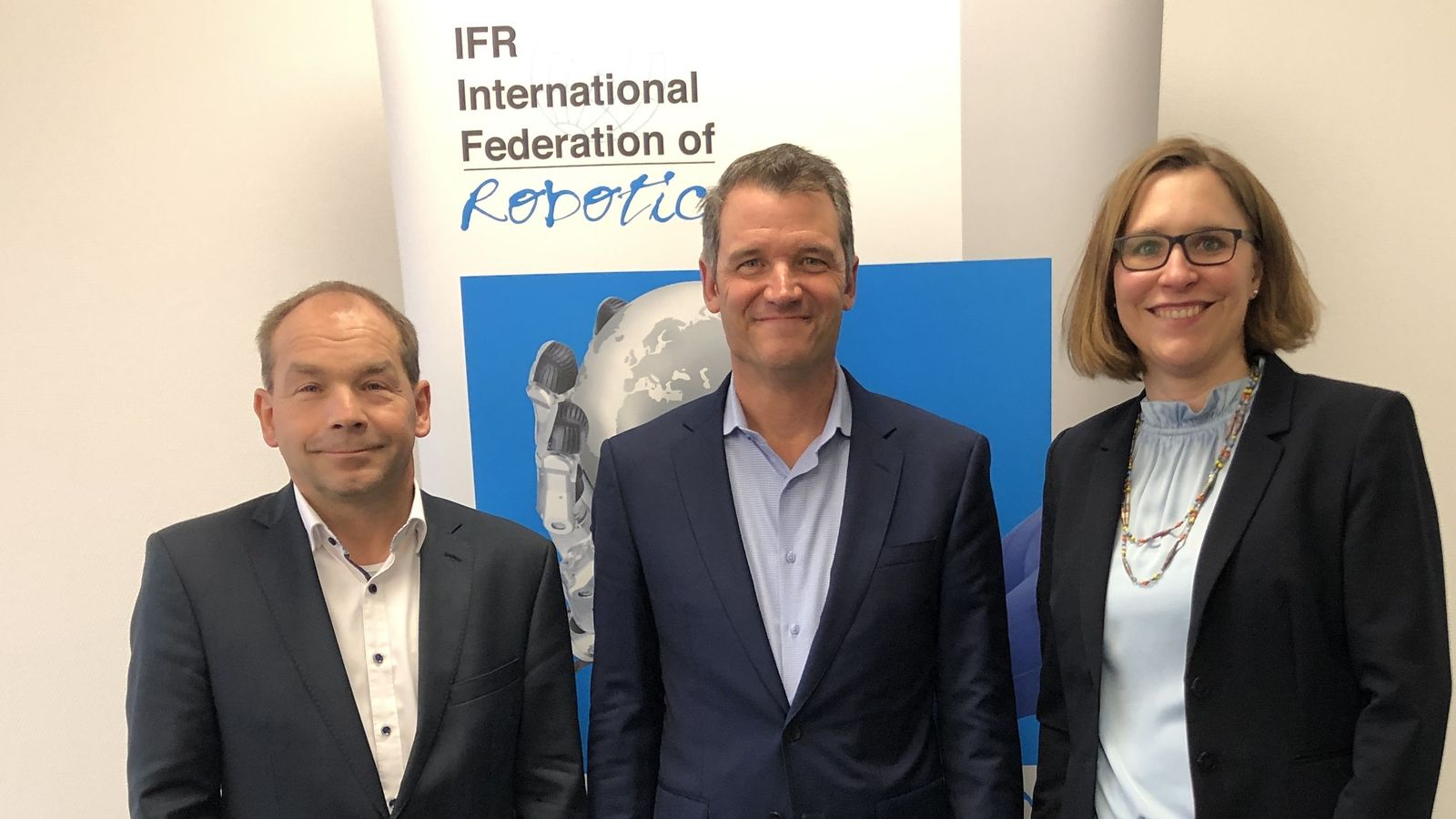
IFR World Robotics 2017 Industrial Robots is published and it shows bright prospects for the robotics industry. Since 2010, the demand for industrial robots has accelerated at an increasing rate. By 2020 more than 1.7 million new industrial robots will be installed in factories around the world. What are the reasons for this successful development?

Dear Reader,
Faster business cycles, a requirement to respond to greater variety in customer demand, market pressure and the challenge of reducing emissions are issues common to all manufacturing sectors. Robot adoption is a response to these and other challenges, enabling companies to improve productivity of labor and capital by improving output per worker. Additionally, this allows for increasing production efficiency while cutting waste and increasing energy efficiency. Robots can work around the clock, offer high levels of precision and improve worker health and safety by performing dangerous and unergonomic tasks. Robots products continue to broaden including becoming smaller, more affordable and easier to program. This more easily accommodates for high-mix, low-volume models that are increasingly the norm in all manufacturing sectors. Robots now are more viable for small-to-medium-sized manufacturers for whom the capital investment cost of industrial robots and programming complexity have so far presented obstacles. The increasing availability and competitive pricing of collaborative robots - small, mobile, dexterous and easily programmable robots that work outside of cages and generally together with a human worker – enables manufacturers to automate short or mixed production runs that require high levels of precision and sophisticated vision and handling capabilities.
Creating high paying and skilled jobs has been a wonderful side benefit of automation. In fact, there is no evidence to support the notion of robots as job killers. The robots might be coming - but they are not coming for our jobs. Instead, there is clear evidence that humans will remain central to effective automation strategies which are key to improving productivity and economic growth. As in the past, this wave of technological change will alter job profiles. The evidence points to this mostly being in the direction of higher-skilled, higher-paid work force. We need more robots, not less of them, and our focus must be on ensuring current and future workers are equipped to work with them.
Respectfully,

Joe Gemma




